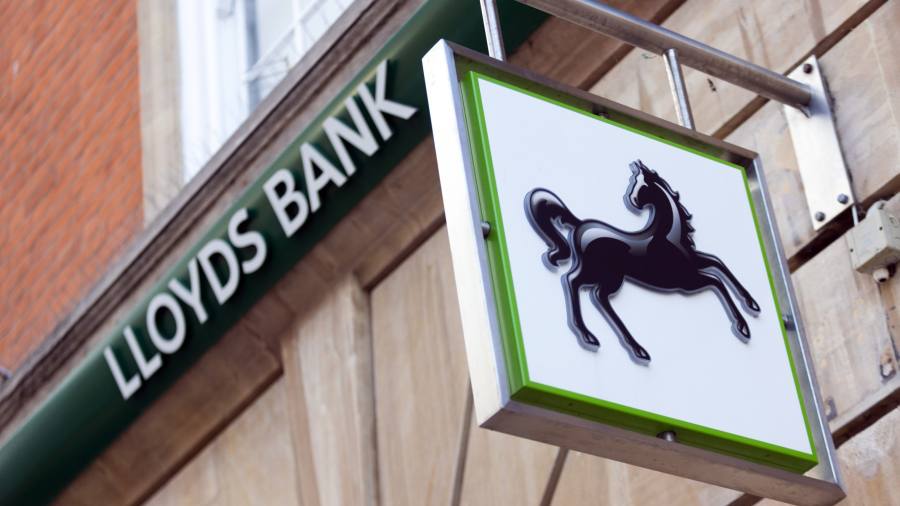
Lloyds Banking Group’s pension scheme sold billions of pounds of assets to meet collateral calls during September’s market crisis, one of the biggest known sell-offs by a corporate plan.
Details of the scale of asset disposals were revealed in a submission made to the work and pensions select committee by the partner of the head of Lloyds’ £52bn retirement scheme.
In evidence to MPs, Henry Tapper, founder of AgeWage, which provides pension market analysis, said he lived with the chief executive of a large defined benefit plan “which needed to liquidate a large proportion of its equity holdings and seek a line of credit from its sponsor”, during the market rout.
“Much of the money posted as collateral won’t be seen again, the assets of the scheme are depleted and much money has been spent in the liquidation process,” wrote Tapper. “I understand the scale of the collateral call ran into billions of pounds.”
Tapper’s partner, Stella Eastwood, is head of pensions at Lloyds, whose three defined benefit plans have around 47,000 members and rank among the UK’s largest corporate retirement plans.
The Lloyds pension group was one of thousands caught in the pension crisis triggered by a huge sell-off in bonds following the Truss government’s now discredited September 23 “mini” Budget.
Pension plans were forced to sell assets such as gilts and equities to meet urgent collateral calls from asset managers as bond prices plunged before the Bank of England stepped in.
Lloyds previously declined requests by the Financial Times to disclose details of asset sales made at the time to meet collateral calls on its pension fund’s liability-driven investment contracts.
The bank declined to comment on the Tapper submission but did not dispute the “billions” figure quoted in his written evidence.
However, in its recent trading update Lloyds said the volatility “had no material impact on the funding position of the pension schemes”.
Tapper has retracted his statement that the pension scheme sought a credit line from the bank during the crisis. One person close to Lloyds confirmed the bank had not provided credit to the scheme.
Details of the Lloyds case came to light as experts and policymakers debated the impact of the crisis on pension plans, many of which were forced to sell assets at deep discounts to meet collateral calls on LDI strategies.
Goldman Sachs was among a group of investors seeking to buy cut-price private assets from UK pension funds as they rushed to raise cash.
In spite of the crisis, many defined benefit plans are in a better funding position thanks to the impact of rising interest rates reducing their liabilities faster than falls in their assets.
Tapper told the Financial Times he made his submission to highlight the impact of the gilt crisis on smaller pension plans that used LDI strategies but did not have the resources of bigger groups, such as Lloyds, to withstand market shocks, or meet margin calls very quickly.
He declined to comment further on how he obtained the information in his written submission.
Eastwood was contacted for comment.